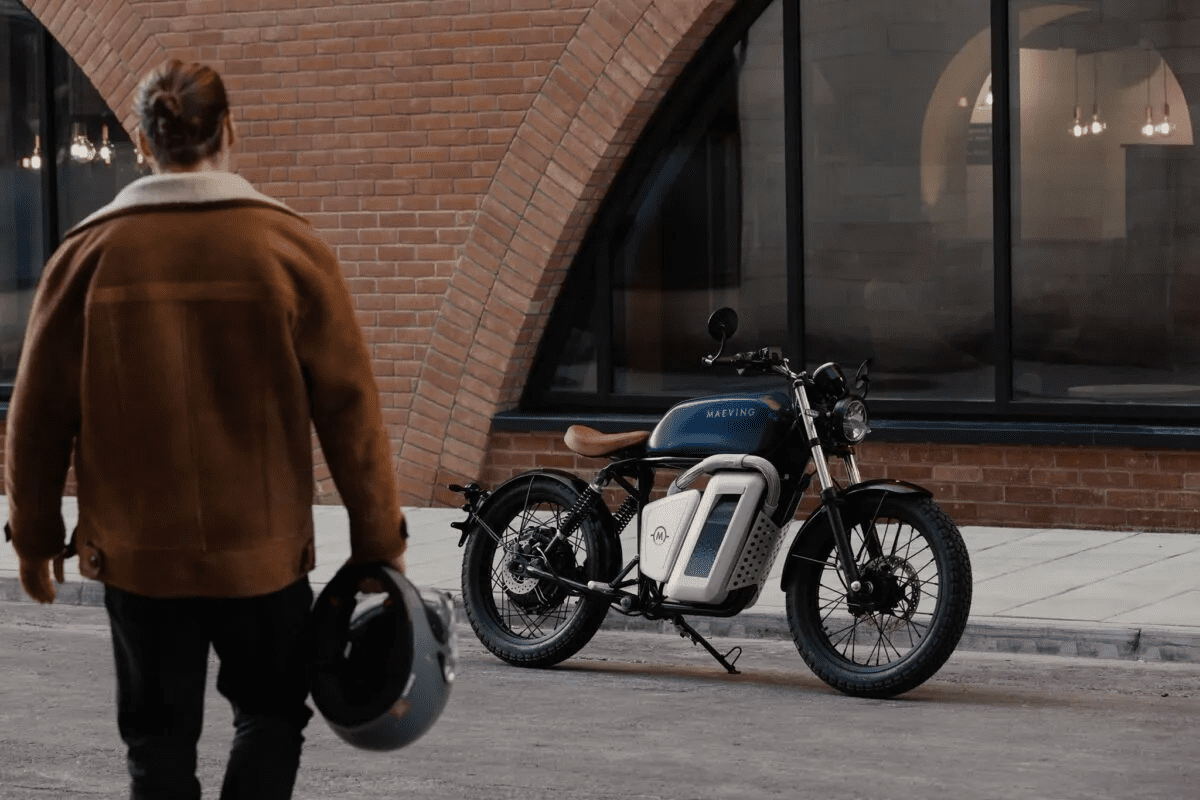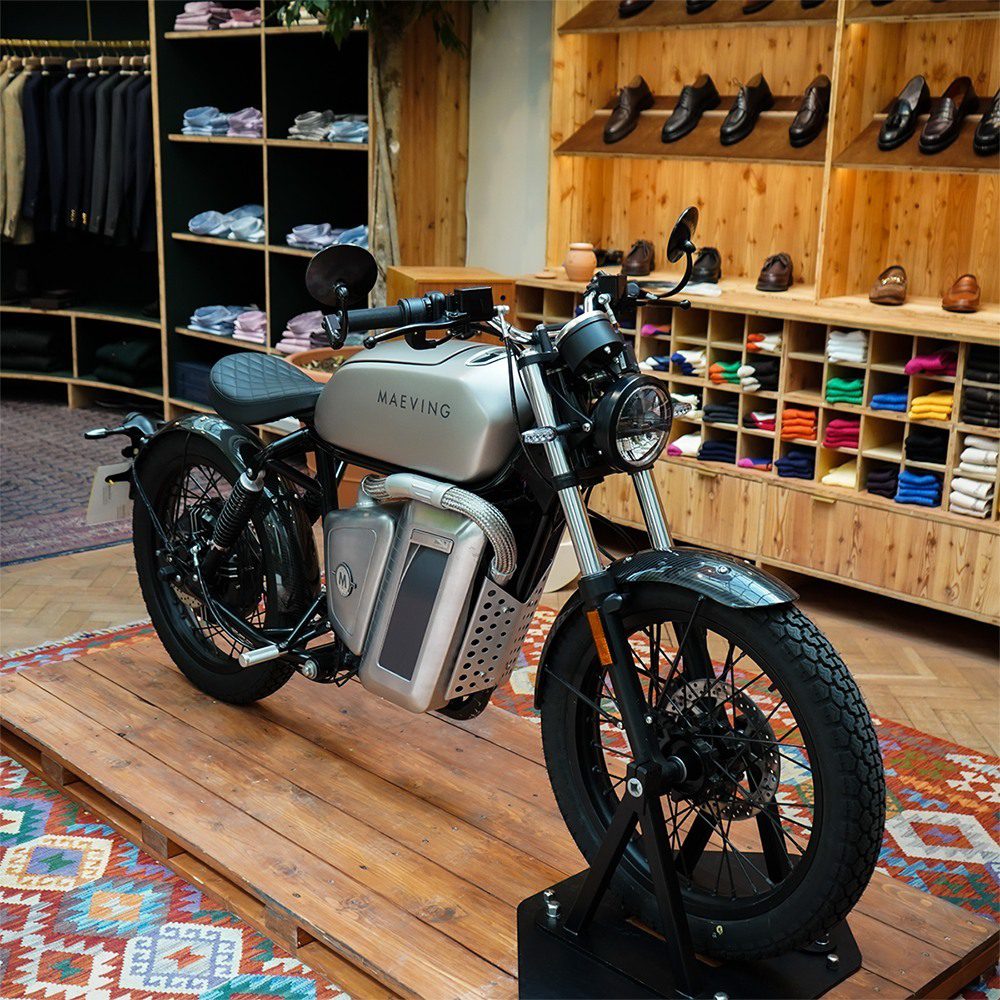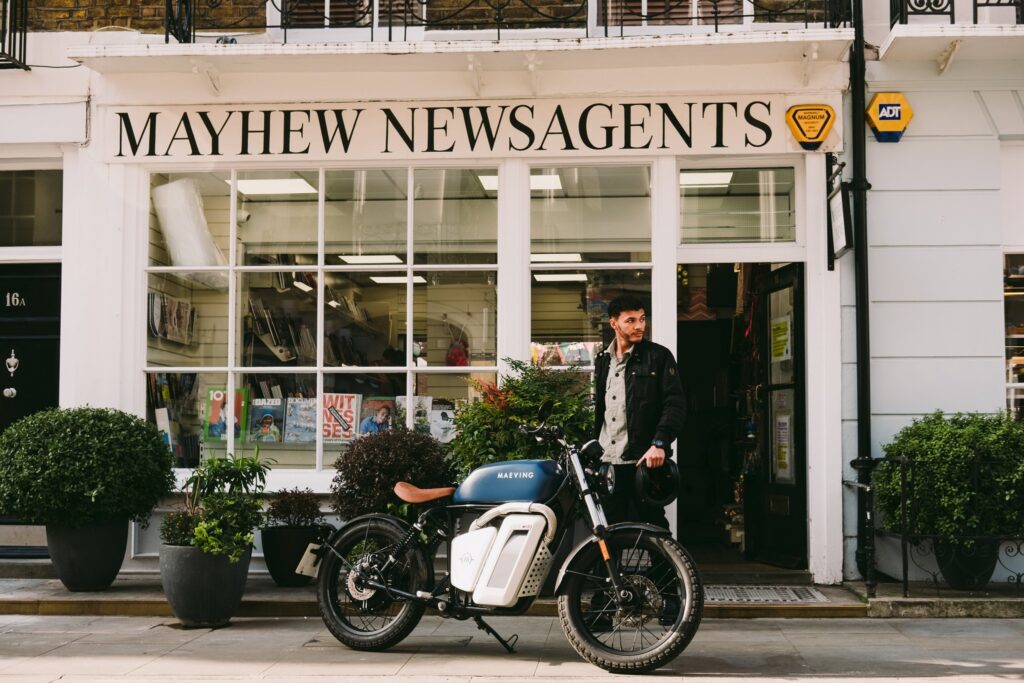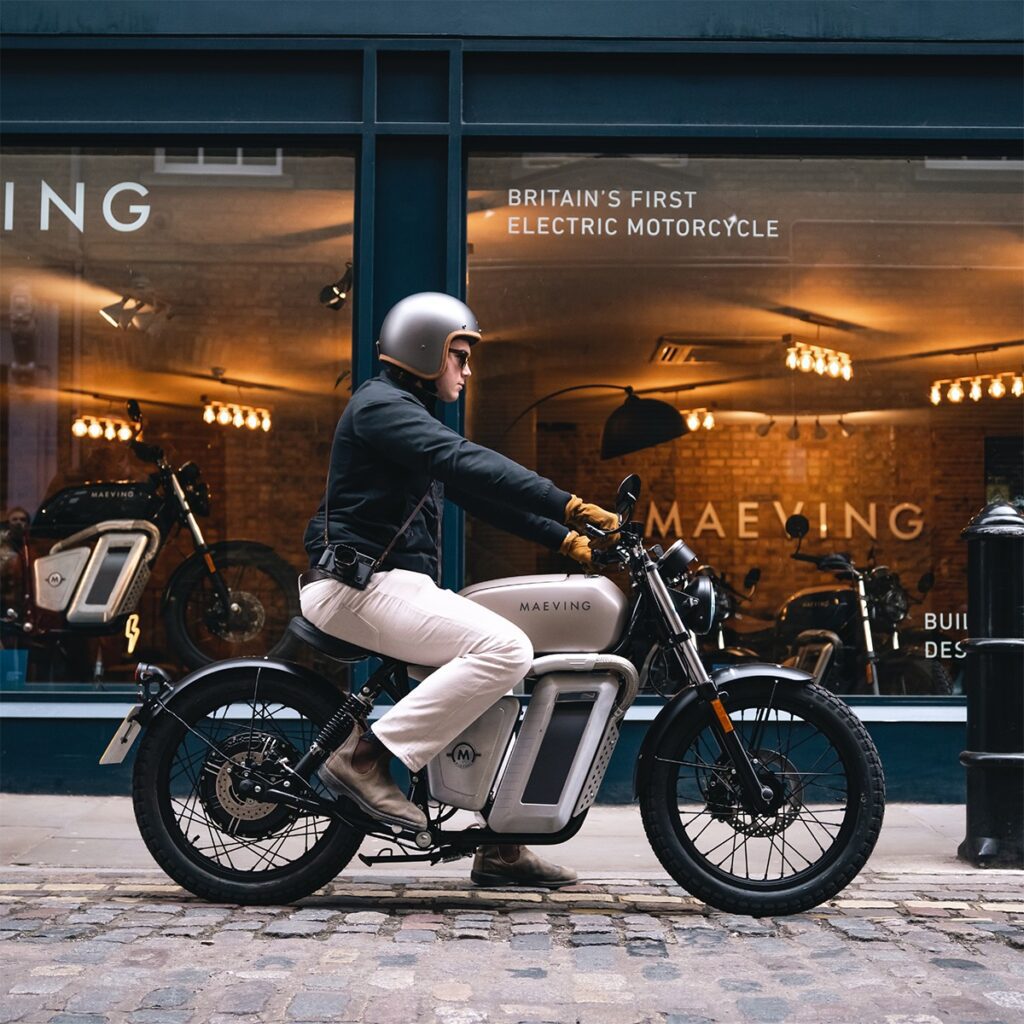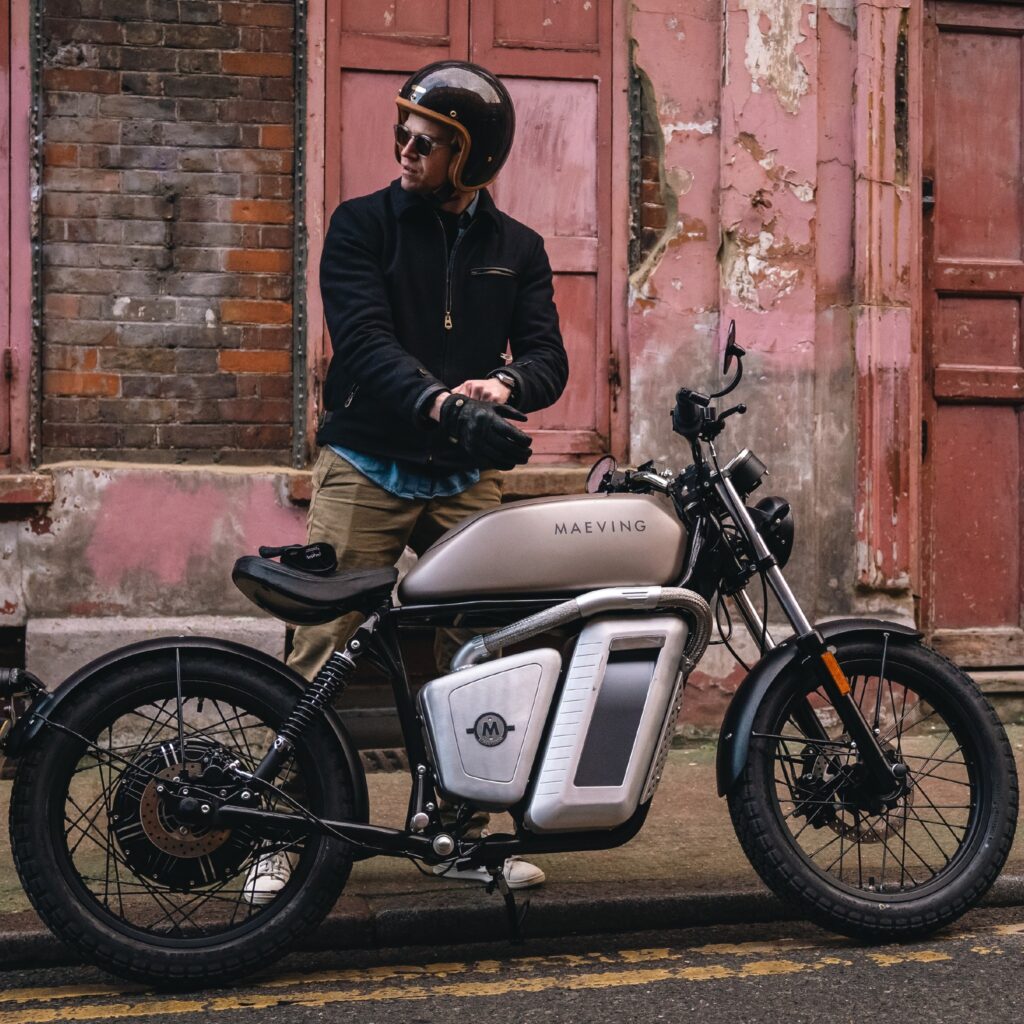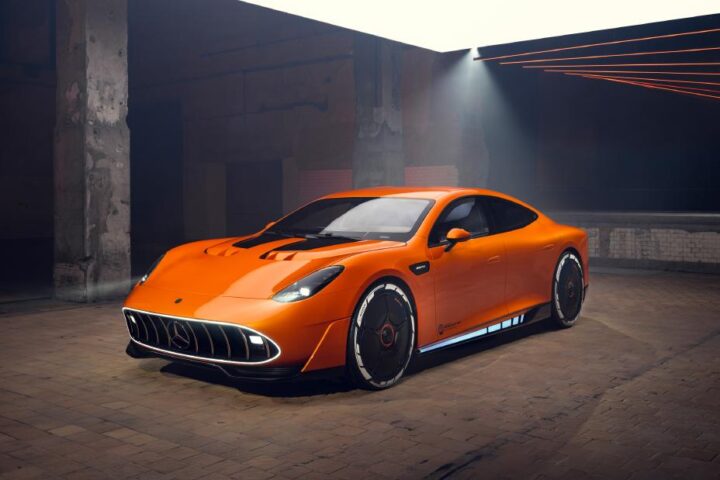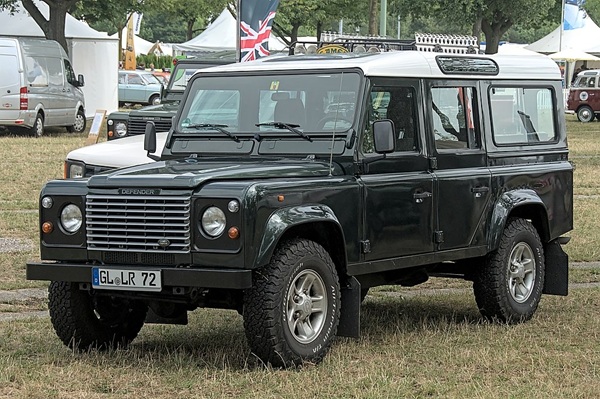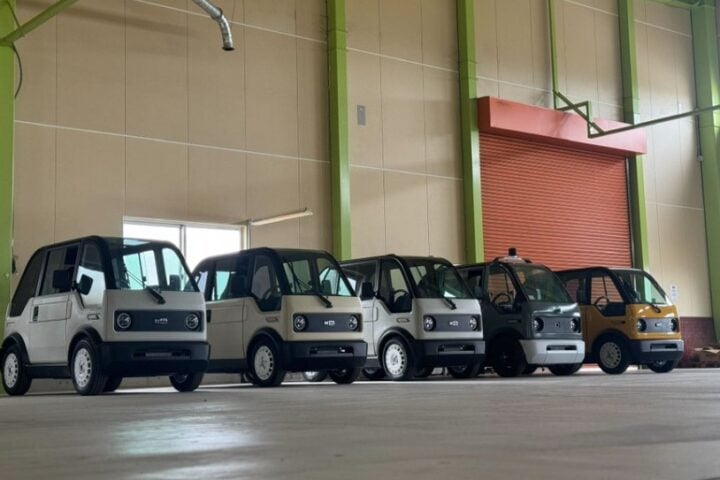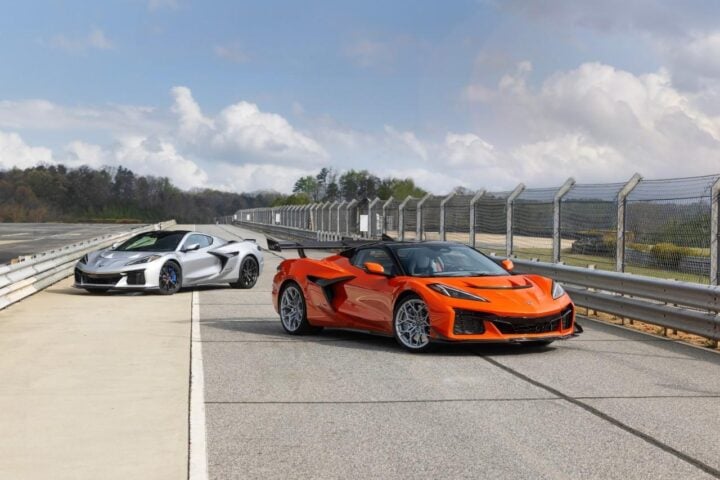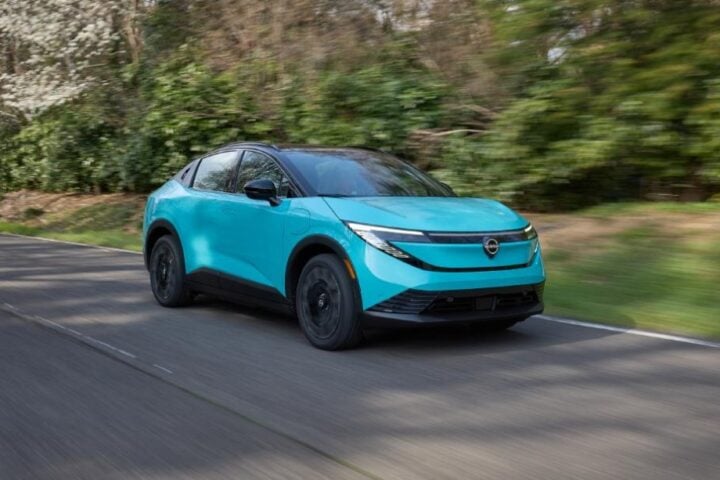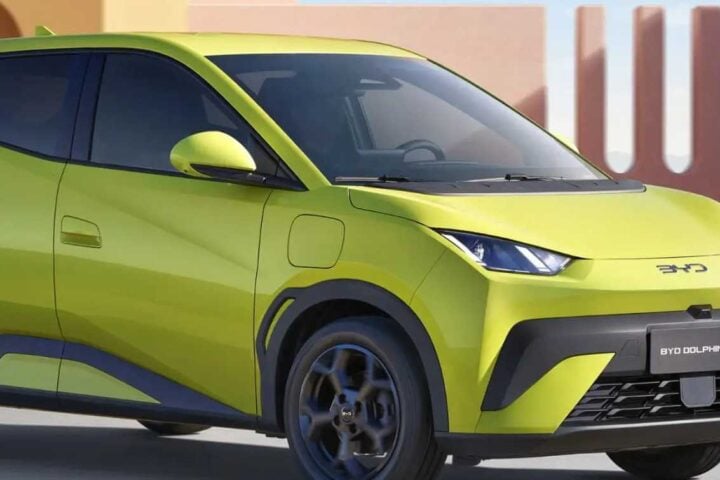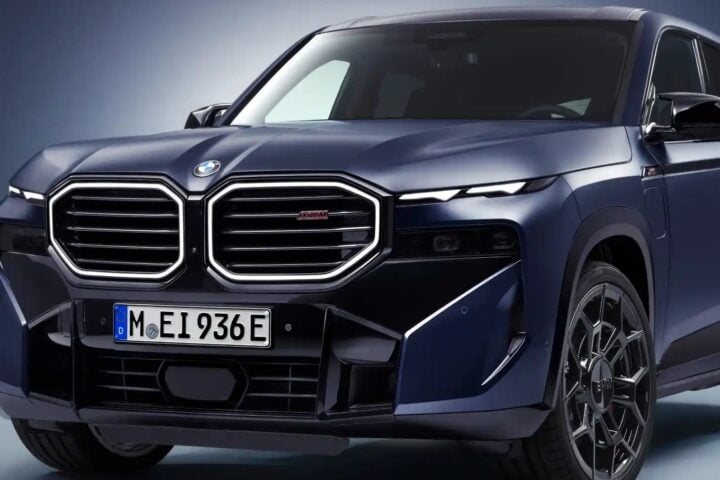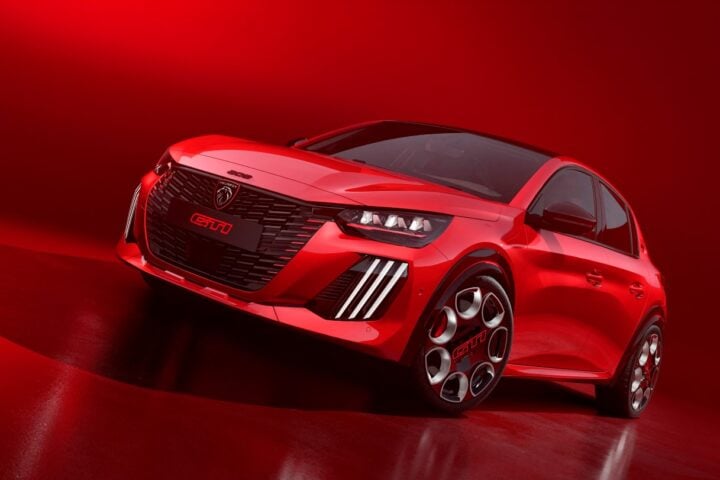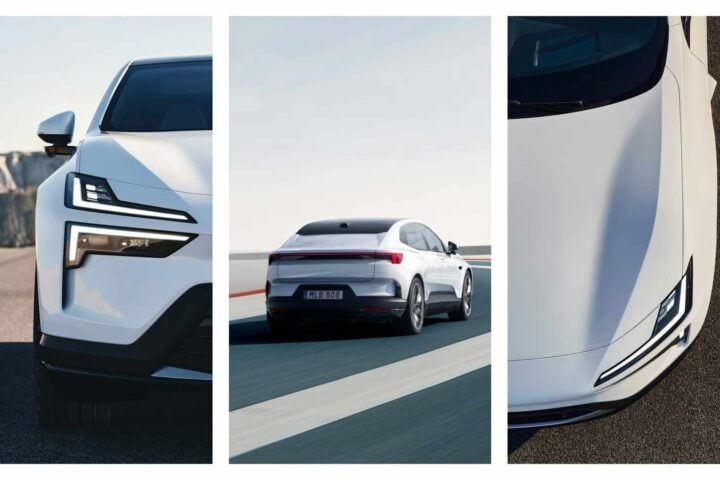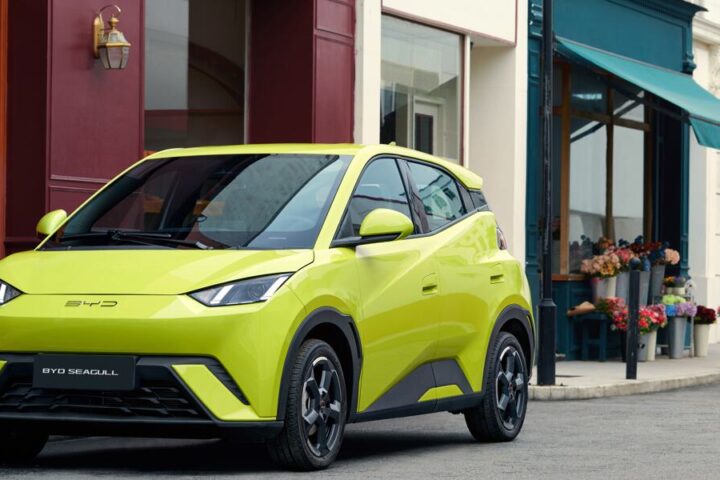The e-motorbike with its great potential hasn’t been as popular as its e-bike counterpart. This is partly due to the additional skills and gear required to handle a powerful electric two-wheeler. However, British brand Maeving challenges this notion by offering a classically styled e-motorbike that is perfect for short commutes. The brainchild of co-founder Seb Inglis-Jones, the Maeving RM1 aims to capture the essence of motorcycling while embracing electric mobility.
Inglis-Jones spent time in China researching the electric mobility market, where he observed the immense popularity of electric bikes. Inspired by the potential of the electric motorbike sector, he sought to enter the market at an early stage. In Asian and European markets, electric motorcycles and scooters primarily serve utilitarian purposes in the mobility sector. These vehicles offer affordability, low maintenance requirements, and zero emissions, making them ideal for practical transportation. However, enthusiasts appreciate manufacturers who focus on more abstract aspects such as experience, fun-factor, and style.
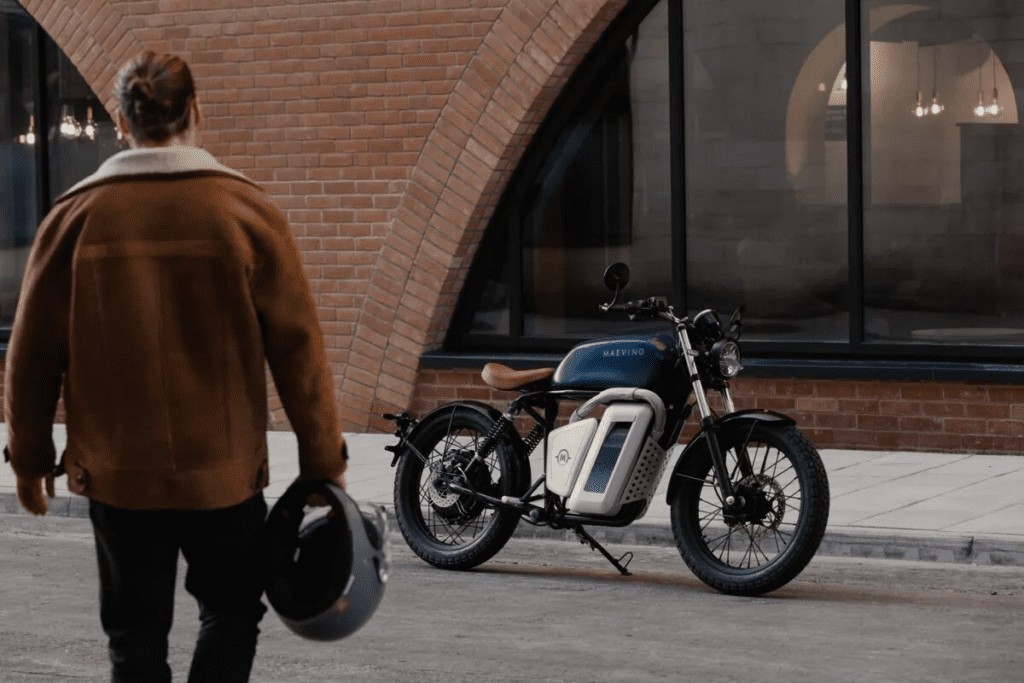
Maeving, the British electric motorcycle manufacturer, aims to cater to these enthusiasts with the RM1 cafe-racer. Unveiled in late 2021, the RM1 combines the rawness of motorcycling with an electric drivetrain. After establishing its presence in the UK market, Maeving recently announced its expansion into France.
The Maeving RM1 is designed as an urban machine with a modest power output. It boasts a rear hub-mounted electric motor that delivers an output of three kilowatts and max at 4.4 kilowatts (equivalent to about six horsepower). With a torque rating of 160 Newton-meters (112 pound-feet), the RM1 handles steep hills with ease. However, its top speed is limited to 45 miles per hour. Maeving prioritizes design and quality, explaining the bike’s appealing aesthetics. The company employed experienced individuals, including former staff from Triumph, to create a visually familiar language. Classic design cues from the 1950s and 1960s are evident, with features like an analogue speedometer, stitched leather seat, and aluminum details.
Despite its vintage styling, the RM1 incorporates modern electronics and a Bosch drive unit, enabling a top speed of 45 mph and an 80-mile range (when equipped with the twin battery option). Maeving’s Coventry-based operation has a production capacity of five bikes per day. A key feature of the RM1 is its removable batteries, allowing for future battery upgrades as technology advances.
Similar Post
The RM1’s real-world range is estimated to be around 65 kilometers (40 miles) on a single charge. The bike’s styling sets it apart, resembling a miniature electric version of the Triumph Bonneville, complete with a tube reminiscent of a twin exhaust system. The steel cradle frame with exposed tubing adds to its charming retro appeal, while the 37-millimeter forks and wire-spoke wheels contribute to its minimalist aesthetics.
Weighing just 111 kilograms (including the battery), the RM1 provides a relaxed and easygoing ride, whether navigating city traffic or cruising at speed. Currently manufactured in Coventry, UK, the RM1 is shipped to France. The single battery option comes with a premium price tag of 7,395 Euros ($8,073) and 8,490 Euros ($9,268) for the dual-battery setup. Pre-orders for this retro-style electric motorcycle are already open, requiring a 500-Euro ($546) deposit.
Maeving plans to expand into other European markets, including Belgium, Germany, and the Netherlands following the launch in France. The brand also envisions further expansion into Australia, Singapore, and the United States. With its blend of classic design, electric drive, and removable batteries, the Maeving RM1 offers a stylish and unique option for riders seeking a distinct electric motorcycle experience.
